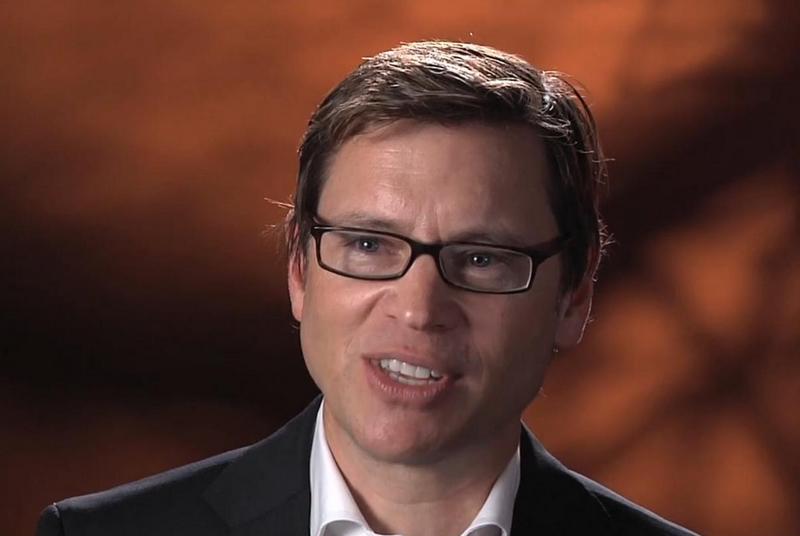Wastewater Key to Quenching Global Thirst, UCI-led Review Finds
Conservation also vital to supply both humans, ecosystems
 Parched cities and regions across the globe are using sewage effluent and other wastewater in creative ways to augment drinking water, but 4 billion people still do not have adequate supplies, and that number will rise in coming decades. Wildlife, rivers and ecosystems are also being decimated by the ceaseless quest for new water and disposal of waste. Changing human behavior and redoubling use of alternatives are critical to breaking that cycle.
Parched cities and regions across the globe are using sewage effluent and other wastewater in creative ways to augment drinking water, but 4 billion people still do not have adequate supplies, and that number will rise in coming decades. Wildlife, rivers and ecosystems are also being decimated by the ceaseless quest for new water and disposal of waste. Changing human behavior and redoubling use of alternatives are critical to breaking that cycle.
Those are the conclusions of a sweeping review entitled “Taking the ‘waste’ out of wastewater for human water security and ecosystem sustainability” in a special Aug. 10 issue of the journal Science.
“This is the only path forward to provide water for humans as well as for ecosystems,” said lead author Stanley Grant, a UC Irvine civil & environmental engineering professor who specializes in water quality. “We need to focus on improving the productivity and value of existing supplies, which basically means getting more out of a glass of water.”
From Fountain Valley, Calif., and Melbourne, Australia, to Israel and Brazil, the researchers found that homeowners and major utilities are capturing liquid sewage, highway runoff, household laundry water and rainfall. In some cases, alternative sources are a major contributor to replenishing pristine water. Elsewhere they are a drop in the bucket.
The paper describes three emerging methods of addressing shortages: substituting high-quality water with lower-quality water where appropriate, creating drinking water from wastewater, and reducing leaks and the volume needed for basic services.
Read More and View Video >>
